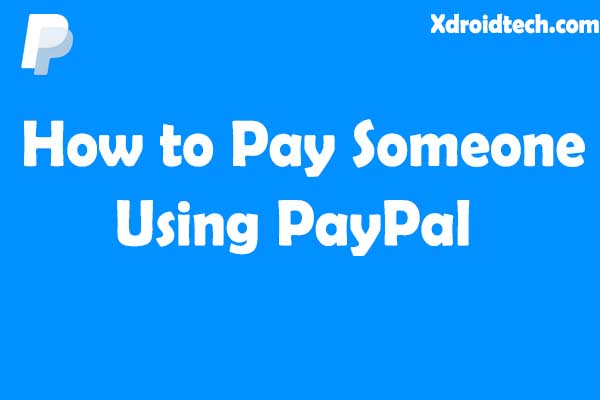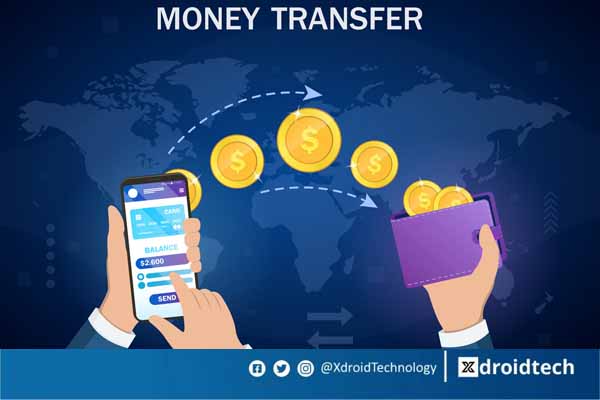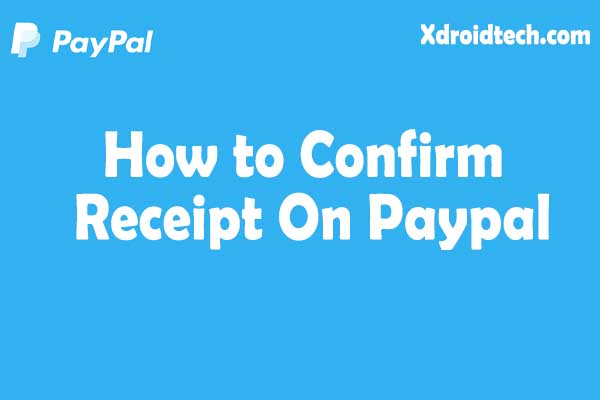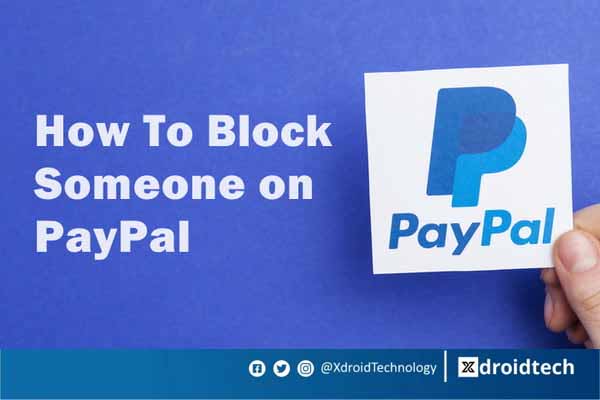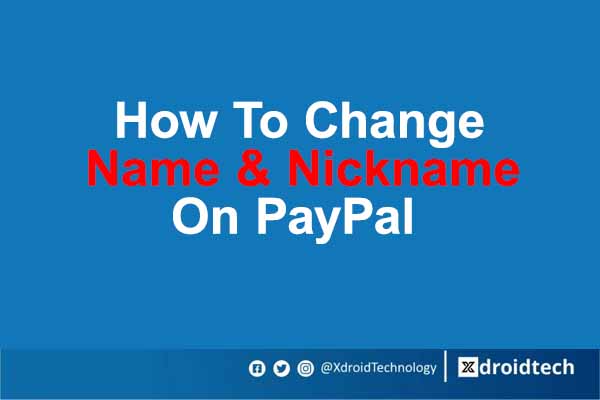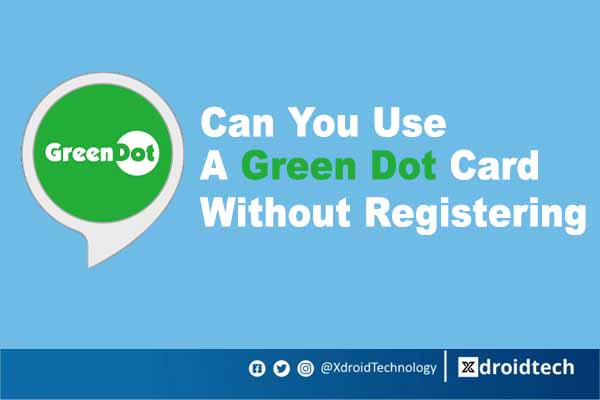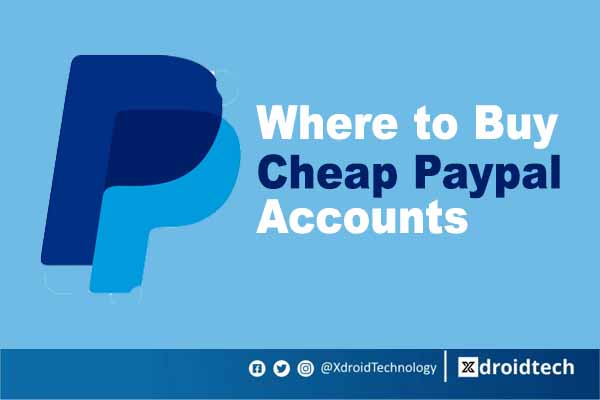If you’re looking for a simple way to send money to someone, but don’t have their bank account information, PayPal is a good, safe choice. Just be sure to have your bank account and debit card handy (along with the PayPal account you are sending from) so that your transaction can go through.
This article walks you through everything you need to know about paying someone with PayPal.
What is PayPal
PayPal is an American company operating a worldwide online payments system that supports online money transfers and serves as an electronic alternative to traditional paper methods like checks and money orders. The company operates as a payment processor for online vendors, auction sites and other commercial users, for which it charges a fee in exchange for benefits such as one-click transactions and password memory. For merchants, PayPal offers payment processing solutions customized to fit the merchant’s needs.
PayPal is an excellent option because it works not only on your computer but on your smartphone as well. You can pay someone using PayPal from anywhere that you have internet access, and the recipient doesn’t even have to be a registered user of PayPal to receive funds in their bank account.

The most important thing to remember is that you need to know the correct username and email address of the person or organization you wish to pay. It would also be smart to have their phone number, so you can reach them if there are any problems or issues with payment.
PayPal offers you the best of both worlds when it comes to paying people. You can use either your bank account or your credit card to pay, depending on what the other person is most comfortable with. However, there are a few important things to know about how PayPal handles payments before you start using your account for personal transactions. Here are some useful tips for making sure both parties are happy with the payment method and process.
PayPal offers a way to send, receive, and hold funds in more than 20 currencies worldwide. You can use PayPal for most online transactions, including eBay auctions and purchases.
Shoppers must have a PayPal account to use the service, but it’s free to sign up and there is no monthly fee to maintain an account. For online sellers, PayPal offers three main services:
- PayPal Payments Standard – Free service that allows shoppers to pay with a credit card or from a bank account. Funds go directly into your PayPal account.
- PayPal Payments Pro – Merchants can accept credit card payments on their website without the customer leaving the site. There is a monthly fee for this service.
- PayPal Express Checkout – A faster version of Payments Standard; customers are taken to PayPal and then redirected back to your website to complete the transaction. There is a monthly fee for this service.
How Do You Pay Someone With PayPal?
- Log in to your PayPal account
- Click the Send button at the top of the page.
- Type the email address or phone number of the recipient.
- Click Next.
- Enter the amount you want to send to this person and click Continue.
- Review your payment information and click Send Money Now.
For a better view again:
Sending money to someone using PayPal using a credit card and PayPal balance can be tedious. You may have to take more than one step, follow logging-in procedures and wait before you know that the payment has been completed.
Avoid confusion when paying a vendor or completing other transactions by following these steps:
- From the PayPal home page, click the Send Money tab.
- Enter the dollar amount of your payment in the appropriate box, specify whether you want to pay with your credit card, PayPal account or both and click Continue.
- Paste your recipient’s email address into the Receiver’s email box and type a brief description for this transaction in the Memo box.
If you are logging on from an iPhone or iPod touch (as well as iPad) or an Android device, choose from any of the pre-filled entries in these boxes instead of pasting information from your device’s clipboard; at the moment these are the owner’s name, an invoice number (if applicable), “for deposit only”, “for deposit only: do not send me payment confirmation” or “other”.
To pay someone with PayPal, enter their email address or phone number and click Send.
How to Pay Someone On PayPal If You don’t Have A Paypal Account
It’s easy to send money online, and PayPal has even made it’s even easier when you don’t have to worry about creating a PayPal account.
PayPal has developed a better medium that allows you to make payments using a variety of methods including credit cards, bank accounts, buyer credit, or account balances, without sharing your financial information. You can also use PayPal to receive payments – which is good news if someone owes you money that you need ASAP.
If you’re trying to pay someone who doesn’t have a PayPal account – yet – they can still receive the funds. The transaction just needs to be completed through PayPal with a credit or debit card.
How to pay someone on PayPal with a credit card
If you want to pay someone on PayPal with a credit card, follow these instructions:
- Click the Send & Request tab at the top of the screen.
- Click the Pay for Goods or Services button.
- Enter the email address of the person you want to pay. If you have previously sent money to this person, their email address will appear in a dropdown menu, and you can select it from there.
- Enter the amount you want to pay in U.S Dollars (USD). You can also change the currency for international payments by clicking Change at the bottom of the screen.
- Click Continue and then click Pay with a Card to add your credit card information.
- Add your credit card information by typing it into each field or clicking Use a stored card and selecting an option from the dropdown menu below that reads Stored Cards or PayPal Credit (if applicable).
- Once all of your credit card information has been entered, click Pay Now to complete your payment transaction.
Are there limits when you’re paying someone on PayPal?
Yes, there are limits when you’re paying someone on PayPal. When you send money, the recipient will have to use the money within 14 days in order to receive it. If they don’t accept within that time, the transfer will be canceled and the money will be refunded back to your account.
If you’re sending more than $300, you’ll need to add a backup payment method in case the transfer fails.
PayPal also limits the amount of money account holders can send and withdraw from their account if it has not been verified with PayPal. There are also sending/withdrawal limits for different countries.
Should you use PayPal for international money transfers?
I’m a fan of PayPal. I’ve been using it since the early 2000s, and I’ve bought and sold hundreds of thousands of dollars worth of stuff with it. It’s made my life easier when it comes to online transactions.
But I don’t recommend that people use PayPal for international money transfers. Here’s why:
Let’s say you want to transfer funds from your US bank account to your friend in France. You could go to the bank and pay them a bunch of money for an international wire transfer, but that’s not necessary if you have a PayPal account funded by your US bank account. You can just send the money from your PayPal account to your friend’s PayPal account in France, at minimal cost to either of you (if you’re sending Euros within the EU).
Your friend can then withdraw the Euros from their French bank account, which is very easy for them because they have a French bank account. That’s all well and good, but what if you need Euros in the US? Your only option is to withdraw the money via check or MasterCard debit card, which isn’t free and can take several days – or even weeks! – before you see any cash.
Is There an Alternative Way to Sent Money to Someone In International Countries?
Yes, there is an alternative way to send money to international countries apart from PayPal. It’s called Payoneer. With PayPal, you can send and receive money with ease and convenience. You can do it through Payoneer too! Payoneer is a financial services company that provides online money transfer, digital payment services and provides customers with working capital.
Payoneer has over four million users worldwide and currently operates in more than 200 countries. It was founded in 2005 by Yuval Tal, who serves as the Chief Executive Officer. Payoneer also operates offices in New York City, Tel Aviv, and London.
The service is available in more than 150 currencies. It offers MasterCard-branded debit cards which allow users to withdraw funds from their accounts in local currencies, or make purchases at point of sale terminals or online merchants that accept MasterCard cards. Users can also hold multiple currencies on one account. Users can link their PayPal accounts to their Payoneer account to withdraw money directly into their bank account using the debit card they receive in the mail or they can use their prepaid MasterCard to shop where ever MasterCard is accepted or withdraw cash at any ATM displaying the MasterCard logo.
Why do we need another system? There are several reasons:
PayPal only works with bank accounts in 21 countries (according to their website), so we want to make sending money elsewhere as easy as possible.
Fees can be high -anywhere from $10-$50 per transaction. Depending on the country, this can represent a significant portion of a person’s income. We want to send money for free or very low cost.
People who receive payment are charged fees when they withdraw money from their account. We don’t want payees to have to pay anything.
Many people don’t have access to banking systems. While many countries do not have banking systems, most people have mobile phones (in Africa alone there are over 700 million mobile subscribers).
Transaction times are slow – typically several days. In some parts

